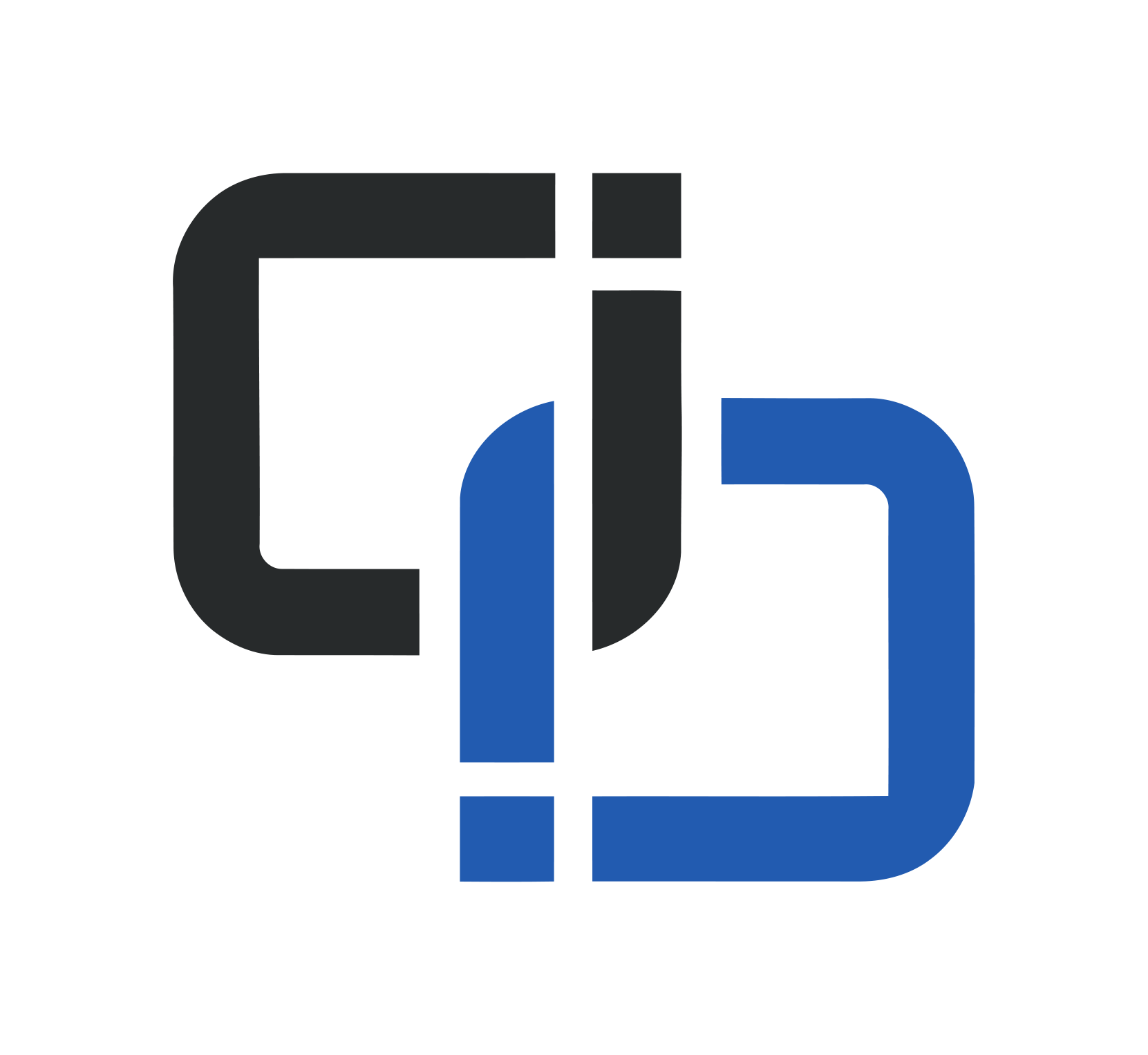Changes for page Toolbox Basics
Last modified by Alexander Mott on 2025/10/30 17:23
From version 86.1
edited by Alexander Mott
on 2023/12/18 21:31
on 2023/12/18 21:31
Change comment:
There is no comment for this version
To version 87.4
edited by Alexander Mott
on 2023/12/18 22:14
on 2023/12/18 22:14
Change comment:
There is no comment for this version
Summary
-
Page properties (1 modified, 0 added, 0 removed)
-
Attachments (0 modified, 1 added, 0 removed)
Details
- Page properties
-
- Content
-
... ... @@ -288,6 +288,21 @@ 288 288 289 289 Network Device Tree View [[image:1663622313939-259.png]] is a useful tool for addressing devices and resolving certain issues with networked hardware. Below are just some general tips for using the tool; see our [[device addressing>>doc:SHOWRUNNER™ Setup Guide.SHOWRUNNER™ Installation Guide.Device Addressing.Addressing Devices from Toolbox.WebHome||anchor="HNetworkDeviceTreeView"]] page for specific instructions on how to use the Network Device Tree View for device addressing. 290 290 291 +Initial configuration: 292 + 293 +* When connecting to a device for the first time in Network Device Tree View, we recommend making certain changes to the type of information displayed by right-clicking and selecting the "Show Configuration Dialog" option: 294 +** Displaying the Serial Number and TSID is useful for easily identifying devices and determining whether specific devices are online or not 295 +** Displaying the Network ID is useful for easily identifying whether devices have been addressed or not 296 +** Displaying the Net Type is somewhat optional, as it should be apparent whether devices are connected via Cresnet, zummesh, etc. based on the model of device 297 +** Displaying Status is also optional, as this information is also displayed in the form of a colored icon next to the device model 298 +[[image:ndtv_settings.png||height="317" width="565"]] 299 +* In addition to the above settings, **it is generally recommended to right-click and ensure that "Show by Device Connection" is checked** 300 +** "Show by Device Connection" will group devices by their connection to the host device (e.g., Cresnet devices on a DIN-CENCN-2 will be sorted by the Net that they are connected to, Zūm Wireless devices will be sorted by the ZUM-NETBRIDGE they are connected to, etc.) 301 +** "Show by Category" can be useful in some situations, particularly when looking at devices on a processor where all of the devices are necessarily on the same net, but it can be confusing since you are not able to tell at a glance how a device is connected (i.e. whether it is on Net 1 or Net 2 of a DIN-CENCN-2) and may result in accidentally misaddressing devices 302 +* These configuration changes are saved per device type, so once they are made they will not need to be made again unless you are connecting to a new type of device for the first time (e.g. changes made while connected to a DIN-AP4 will apply to all DIN-AP4s, but will not apply to any DIN-CENCN-2s you may connect to later) 303 + 304 +If the 305 + 291 291 == Script Manager == 292 292 293 293 The Script Manager [[image:1663622272369-417.png]] is where Load Scripts can be opened and specific sets of commands executed. Load Scripts are .txt files that allow you to automate certain tasks by connecting to a device and executing a predetermined sequence of commands, and are a powerful tool to save time on-site when you need to run the same or similar set of commands on many devices.
- ndtv_settings.png
-
- Author
-
... ... @@ -1,0 +1,1 @@ 1 +XWiki.alexander\.mott@chiefintegrations\.com - Size
-
... ... @@ -1,0 +1,1 @@ 1 +36.2 KB - Content
